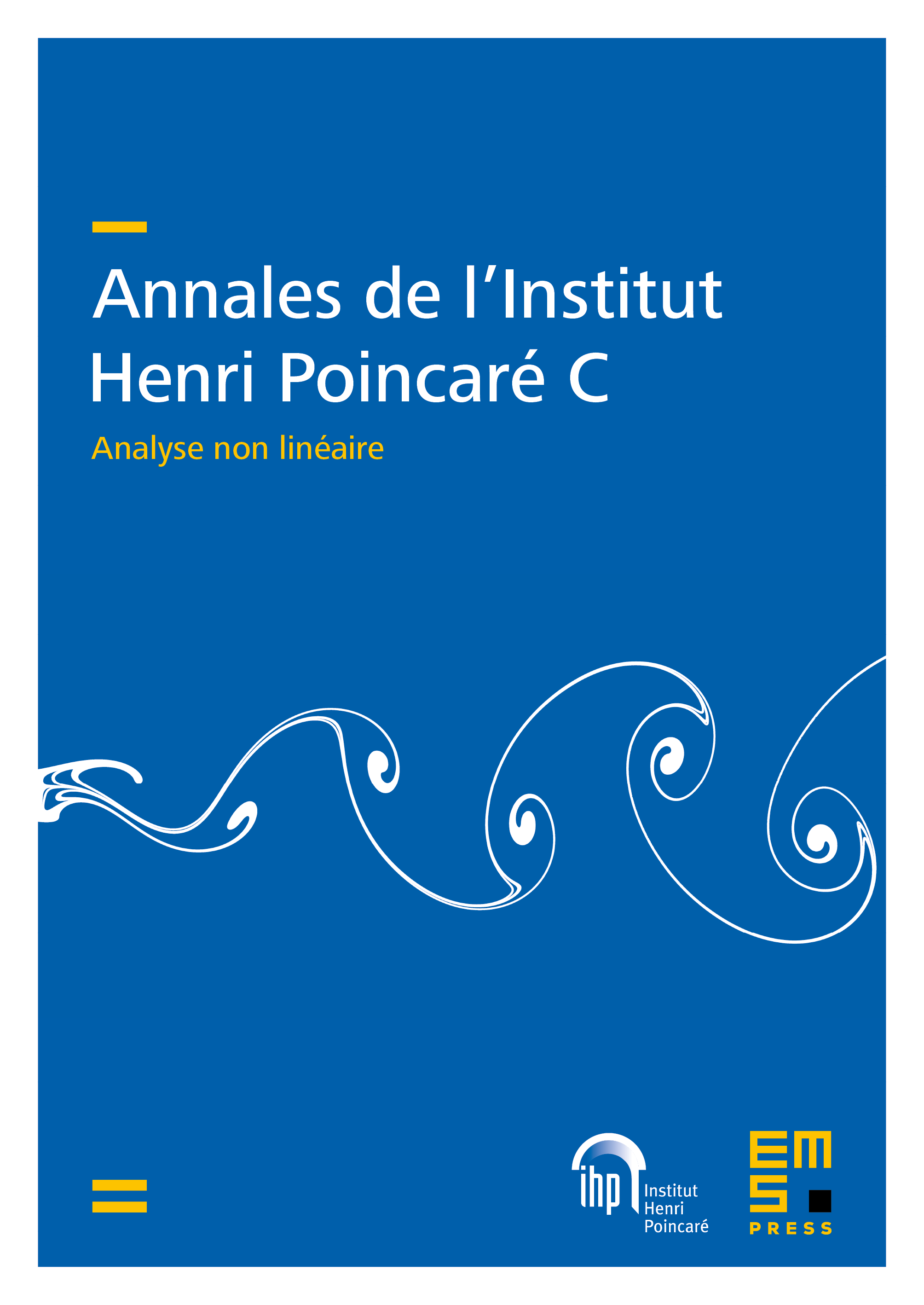The density–density response function in time-dependent density functional theory: Mathematical foundations and pole shifting
Thiago Carvalho Corso
Technische Universität München, Garching, GermanyMi-Song Dupuy
Sorbonne Université, Paris, FranceGero Friesecke
Technische Universität München, Garching, Germany

Abstract
We establish existence and uniqueness of the solution to the Dyson equation for the density–density response function in time-dependent density functional theory (TDDFT) in the random phase approximation (RPA). We show that the poles of the RPA density–density response function are forward shifted with respect to those of the noninteracting response function, thereby explaining mathematically the well-known empirical fact that the noninteracting poles (given by the spectral gaps of the time-independent Kohn–Sham equations) underestimate the true transition frequencies. Moreover, we show that the RPA poles are solutions to an eigenvalue problem, justifying the approach commonly used in the physics community to compute these poles.
Cite this article
Thiago Carvalho Corso, Mi-Song Dupuy, Gero Friesecke, The density–density response function in time-dependent density functional theory: Mathematical foundations and pole shifting. Ann. Inst. H. Poincaré Anal. Non Linéaire 42 (2025), no. 1, pp. 1–39
DOI 10.4171/AIHPC/116